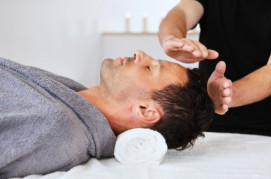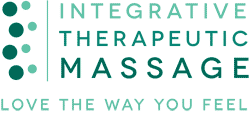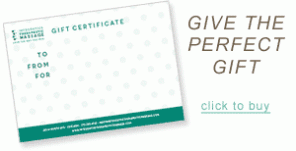Mary's Blog
Schedule An Appointment Here Or Call 773-230-4742
If requesting a same day appointment under a 3-hour window, please call for availability.« back to all blogs
Healing Art of Reiki
 Although known for our Neuromuscular Massage Therapy, (NMT) services, itm also offers the energetic healing practice of Reiki (pronounced "ray-key").
Although known for our Neuromuscular Massage Therapy, (NMT) services, itm also offers the energetic healing practice of Reiki (pronounced "ray-key")."Rei" can loosely be interpreted as "universal." "Ki", which means the same thing as Chi in Chinese and Prana in Sanskrit, can be translated as "energy," "air", "breath," "life force." In other words, Reiki is "universal life energy," the energy that flows through each of us and all living beings.
According to traditional lore, Reiki is based on ancient Tibetan Buddhist teachings, but was rediscovered in the mid-19th century by Mikao Usui, a professor of theology at a Christian seminary in Kyoto, Japan. Despite its spiritual nature, however, Reiki is not a religion and has no dogma or belief system attached in order to learn and use it.
The aim of Reiki is to balance and amplify the body's energy through gentle hands-on touch. When imbalances exist in the body's energy centers and in the overall flow of energy throughout the body, we are more likely to feel stressed, get sick, and experience fatigue. A Reiki session is holistic, impacting not only the physical body, but the mind, the emotions, and the spirit. Clients report feelings of increased energy, well-being, relaxation, peace, as well as decreased physical pain and discomfort.
For example, at ITM, Reiki has provided support for clients undergoing a move or career change; those experiencing the loss of a loved one through death or divorce; clients undergoing major health treatments, such as chemotherapy, or dealing with chronic conditions, such as digestive disorders, arthritis and back pain; those simply exhausted from too much stress and long hours at work.
Anyone can learn and practice Reiki. It is simply passed on from the teacher to the student through a series of initiations, called attunements, which help the practitioner to tap into the Reiki energy. Practitioners are classified as to the number of attunements they have received: Reiki I, Reiki II, and Reiki III (Master/Teacher).
Importantly, during a Reiki session, practitioners merely act as a "conduit," or channel, for the Reiki energy; they are not using their own energy. As such, during a Reiki session, both the client and the
- A hands-on Reiki session generally lasts 60 to 90 minutes. While sessions are typically conducted with the client lying on a massage table, unlike massage, no oils are used, and the client remains fully clothed.*
- The Practitioner's hands either work above or directly on the body, utilizing gentle touch. Hands are placed on or near areas in special need of this energy flow using a series of 10 to 20 hand positions that cover the body's energy centers (chakras), in addition to the major physical organs and glands.
- During a session, people may feel Reiki as a warmth, some as a hot energy, or even a coolness. Others may feel muscles or limbs "twitch" as the energy moves through them. Seeing bright, vivid colors or images can also be part of the experience, as can emotional releases, such as tears. Of course, some people feel nothing at all. However, the Reiki is still effective even for those whose sensitivity level to the energy is not as intense as others.
Principles of Reiki
Reiki adheres to some basic tenets of Eastern Philosophy. There are many variations of the five Reiki principles, which are attributed to Mikao Usui. They are quite straightforward and present a lovely foundation for kindness and good living:Just for today, do not anger.
Just for today, do not worry.
We shall count our blessings and honor our fathers and mothers, our teachers and neighbors and honor our food.
Make an honest living.
Be kind to everything that has life.





